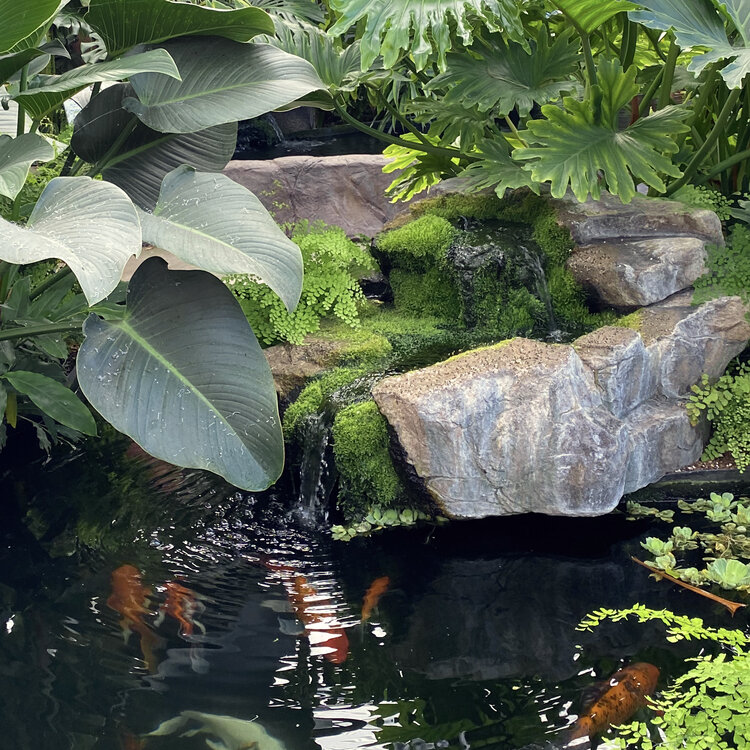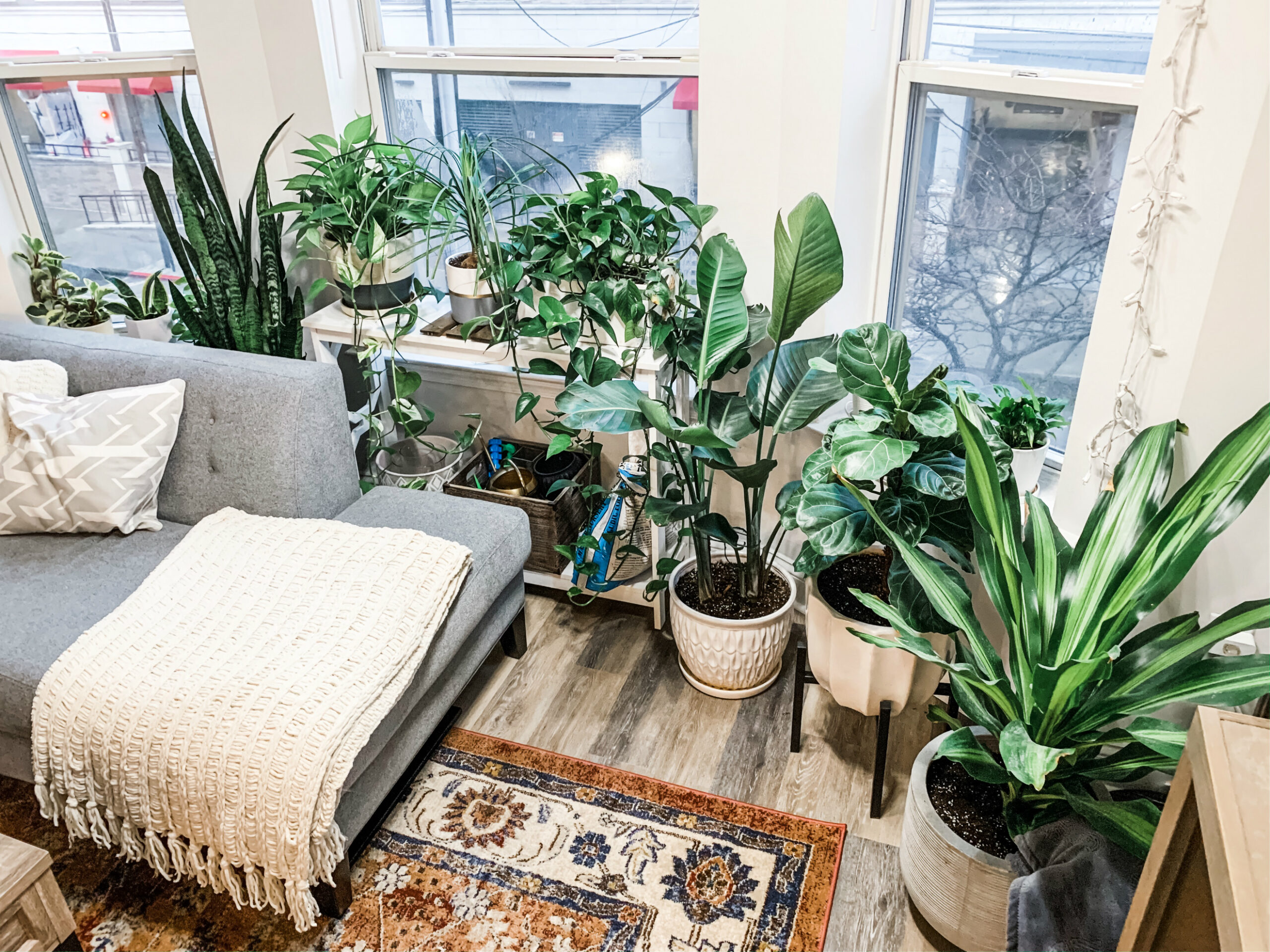Beginner’s Guide to Indoor Gardening
Bring Nature To Your Home!

So you’re starting an indoor garden? Awesome!
Indoor gardening is nothing more than the act of growing plants indoors. This might be at a residential home or within business location like an office. When the weather prevents you from going outside to enjoy some gardening, it's just as beneficial and effective to do some indoor gardening instead. In this way, you can indulge in some gardening all year round, while still keeping warm and dry. Indoor plants have a myriad of benefits, from stress reduction, to air purification, to aesthetics. House plants bring life and colour into the home and require little in the way of maintenance.
Here are a few tips to get you started on your indoor gardening adventure:
- The right plants for your space.
Since you’ll be growing indoors, it’s important to consider the conditions of your gardening space. You will want to think about how much light the plants will get, the temperature of the room, how big the plants will grow and how long it will take for them to reach maturity. Listed below are a few plant varieties we recommend for your first indoor garden because they thrive in in cooler spaces with indirect light and are quick to harvest. - Get to know what your plants like.
All plants have evolved to deal with certain sets of conditions that have to do with temperature, light, water, and nutrient availability (to name just a few). Every plant needs sunlight, water, and nutrients, but they may need them in different quantities. Get to know the specific requirements of the plant(s) you have. - Make sure you know how often to water your plants.
Watering frequency of indoor plants depends on the type of plants you have! Generally speaking, most gardening experts suggest you water houseplants once a week. Even desert plants like cacti should get water weekly, but they can obviously go a bit longer without water than broadleaf plants. Some more delicate plants may like to be “watered from the bottom.” This means you can place water in a dish, and place their pot (with holes on the bottom) in the dish for water to be absorbed upwards. - Fertilize your plants regularly.
It’s good to fertilize plants regularly. The rough suggested frequency of fertilizing varies quite a bit: I’ve heard people say to do it weekly, monthly, or every 1-3 months. Generally speaking, it’s better to under-fertilize rather than over-fertilize your plants, so don’t too it too often. These days, fertilizers come in different types: liquid, pellet, and slow-release. It’s best to do a little research and figure out what will work best for your plants and your lifestyle. - Know how much sun your plants need.
Different houseplants have different sunlight requirements, depending on where they evolved to grow. Some plants need a lot of sunlight, and others need less. If a plant requires direct sunlight, they need about 6 hours of sun per day, right in the window. If it requires moderate sunlight, there should be 4 hours of direct sun per day. Indirect sunlight means the plant should be kept a few feet away from a window all the time. Check to see how much sunlight your indoor plants need, and place them accordingly in your home or office. - Plan to re-pot your plant at some point.
Re-potting plants usually involves moving them from one pot to another with new soil. Usually, the new pot is larger, giving the plant room to grow. New soil will have more nutrients than the old soil. There are a lot of good reasons to re-pot your plants occasionally, but this shouldn’t have to be done more than once every 1-2 years.


Learn more on backtotheroots